Food photography is an art that can transform a simple dish into a mouth-watering masterpiece. Whether you’re a seasoned professional or just starting, knowing the right angles to capture your culinary creations can make all the difference.
1. The Overhead Shot
What It Is: The overhead shot, or bird’s-eye view, involves taking a photograph from directly above the food. This angle is perfect for capturing the overall composition and layout of a dish.
Why It Works:
- Composition and Symmetry: This angle is ideal for dishes that have interesting patterns, multiple elements, or a beautifully arranged spread. It allows you to showcase the symmetry and composition of the meal.
- Contextual Versatility: Perfect for flat lays, it’s a go-to for many food bloggers and Instagram influencers. It can effectively display a table setting, ingredients, or a chef’s meticulous presentation.
- Engagement: Overhead shots are visually appealing and often encourage viewer interaction, making them a popular choice for social media.
Tips for the Perfect Overhead Shot:
- Use a tripod to maintain stability and ensure sharp images.
- Pay attention to the background; a clean, contrasting surface can make your food pop.
- Arrange elements in a balanced manner to guide the viewer’s eye through the photo.
2. The 45-Degree Angle
What It Is: The 45-degree angle is one of the most popular in food photography, capturing the subject at an angle that is slightly above eye level. This viewpoint mimics how we naturally view food when sitting at a table.
Why It Works:
- Depth and Dimension: This angle provides a sense of depth and dimension, making the food look more three-dimensional and appealing.
- Realism: It presents the dish in a way that closely resembles how it would appear when served, creating a more relatable and appetizing image.
- Versatility: Suitable for almost any type of dish, from plated meals to beverages, this angle is versatile and easy to work with.
Tips for the Perfect 45-Degree Shot:
- Focus on the foreground to ensure the main subject is sharp while the background has a pleasant blur (bokeh effect).
- Experiment with lighting to highlight textures and colors, making the dish look more appetizing.
- Use props sparingly to enhance, not overshadow, the main dish.
3. The Eye-Level Shot
What It Is: The eye-level shot captures the food from the same level as the subject, directly across from it. This perspective is akin to how you would view the food when sitting at a table.
Why It Works:
- Intimacy: This angle creates an intimate and inviting feel, as if the viewer is about to take a bite.
- Texture and Details: It’s excellent for highlighting the texture, layers, and intricate details of a dish, making it particularly effective for foods like burgers, sandwiches, and layered desserts.
- Dramatic Impact: Eye-level shots can be very dramatic, especially when combined with a shallow depth of field that blurs the background and brings the focus sharply on the food.
Tips for the Perfect Eye-Level Shot:
- Use a macro lens to capture fine details and textures.
- Be mindful of the background; keep it simple to avoid distractions.
- Consider the plating and garnishing of the dish to enhance visual appeal.
Mastering these three angles can significantly improve your food photography, helping you capture images that not only look stunning but also tell a story. Remember, the key to great food photography lies in experimentation and practice. Don’t be afraid to try different compositions, lighting setups, and props until you find the perfect shot.
For a more in-depth guide and to see these techniques in action, be sure to watch our video “3 Food Photography Angles You MUST Know.” Happy shooting!

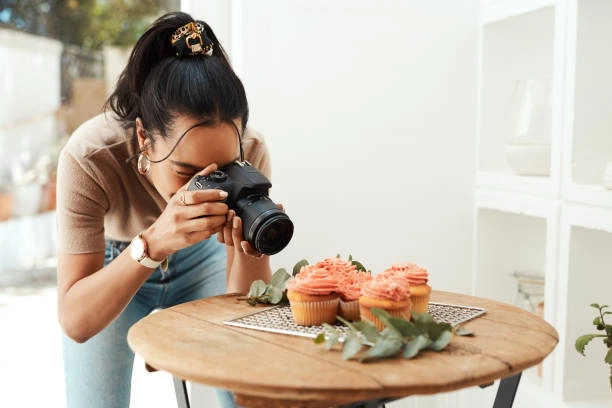

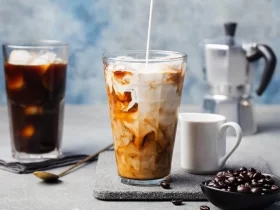
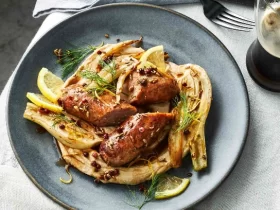
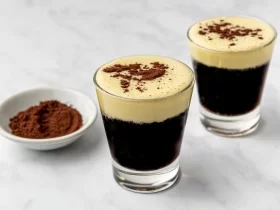
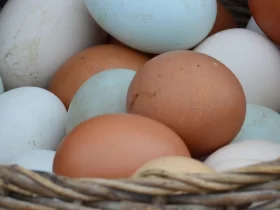
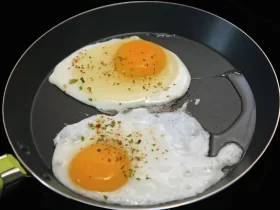
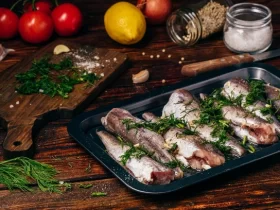





Leave a Reply